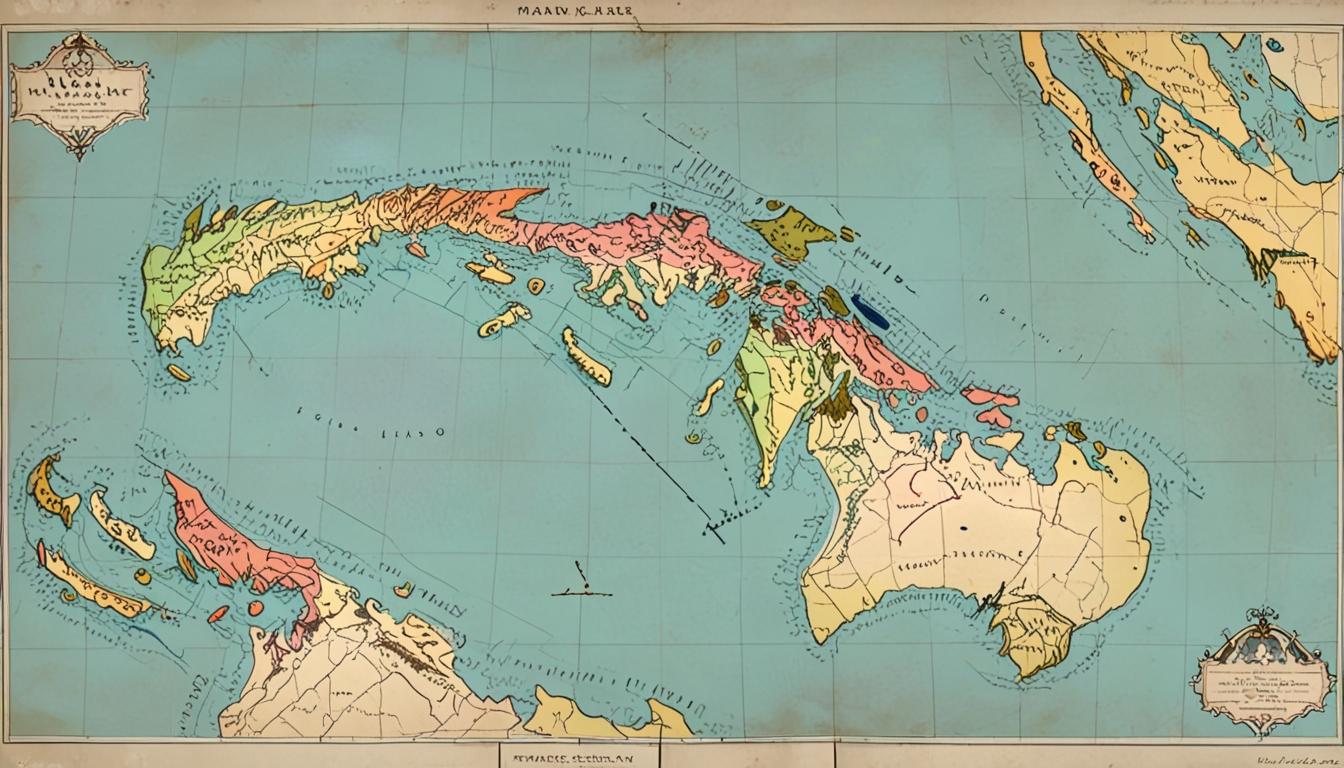The Wallace Line, a biological boundary first identified in the 19th century by naturalist Alfred Russel Wallace, continues to captivate scientists seeking to understand its enduring role in separating the distinct ecosystems of Southeast Asia from those of Australia and New Guinea. Despite the narrow waterways dividing these landmasses, species from either side rarely cross this invisible line, which has influenced regional biogeography for millions of years.
Recent research published in the journal Science offers fresh insights into why the Wallace Line remains a formidable barrier to species migration. According to the study, factors such as climate change, evolutionary history, and geographic isolation collectively maintain the divide, despite close proximity of the regions.
Running through the Malay Archipelago, the Wallace Line demarcates two unique faunal realms: the Asian and the Australian. While birds and certain migratory species traverse this line, most terrestrial species do not successfully cross between the two sides. The research, including work by Alex Skeels, an evolutionary biologist at the Australian National University, delves into how these ecosystems have evolved separately.
A significant contributor to this divide stems from the geological separation of the continents millions of years ago. As Australia broke away from Antarctica, it created an expansive deep ocean zone now occupied by the Antarctic Circumpolar Current (ACC). This ocean current led to major global climatic changes, cooling the planet overall. This cooling influenced evolutionary pathways differently on the two continents.
Alex Skeels explained, “When Australia drifted away from Antarctica, it opened up this area of deep ocean surrounding Antarctica which is now where the Antarctic Circumpolar Current (ACC) is. This dramatically changed Earth’s climate as a whole; it made the climate much cooler.” However, Australian species were less affected by these changes as they evolved in cooler, increasingly dry climates over time. In contrast, Southeast Asian species developed in tropical environments.
Skeels elaborated on the faunal differences: “They had evolved in a cooler and increasingly drier climate over time and were, therefore, less successful in gaining a foothold on the tropical islands compared to the creatures migrating from Asia.” In other words, species originating in tropical Southeast Asia adapted better to the island ecosystems near the Wallace Line, while Australian fauna, accustomed to cooler and arid habitats, faced challenges expanding into these tropical zones.
Beyond illuminating historic species distribution, understanding the Wallace Line presents important implications for predicting how animals might adapt to future environmental changes. As climate change continues to reshape ecosystems, identifying traits that enable species to adjust to new climates becomes crucial.
“This could help us predict which species may be better versed at adapting to new environments, as changes to Earth’s climate continue to impact global biodiversity patterns,” Skeels noted. With shifting climate dynamics, the ability of species to cross biological boundaries such as the Wallace Line may transform, influencing future biodiversity and conservation efforts.
In summary, the Wallace Line remains a vital framework for studying the interplay between climate, geographic isolation, and evolution. The persistence of this boundary over millions of years underscores its significance in shaping the natural world and offers valuable perspectives on how species may navigate ecological changes ahead.
Source: Noah Wire Services
